Summary
– Wheel balancer: what is it used for
– Principle of wheel balancing
– Wheel Balancers: machines and prices
In a car workshop, the wheel balancer is as important and complementary garage equipment as the tire machine. Let’s take a look at what it is used for and how to use it.
Wheel balancer: what is it used for?
When the mechanic replaces tires, after putting them back on the wheel, he balances the wheels.
Wheel balancing is an important operation because it eliminates vibrations in the wheels that are detrimental to driving comfort and to the ball joints and silent blocks of the trains and the steering.
The wheel is fixed on a rotating support, and the wheel parameters are entered on the device: diameter, wheel offset, tire width and position of the balancing weights to be applied.
The wheel is then rotated, then stopped; at this moment the position of the balancing weights to be placed is displayed, as well as their mass in grams (one per side of the wheel).
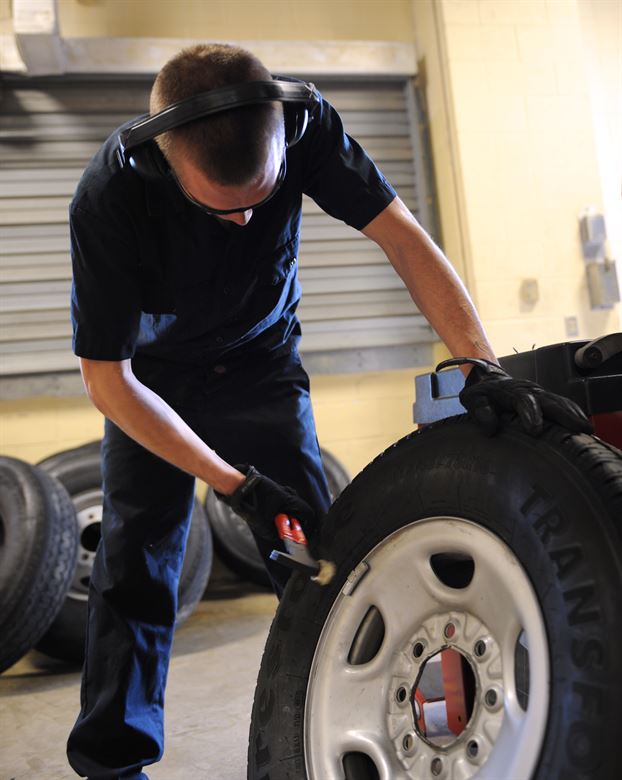
Good to know: The balancing weights are fixed to the rim by staples or glue. Formerly made of lead (forbidden since 2003), they are now made of zinc and copper alloy.
Principle of wheel balancing
The vibrations generated by the wheel are due to unbalance: manufacturing defects of the wheels and tires (homogeneity of the material), shocks and deformations, the mass of the valve can cause an imbalance of weight on the wheel.
When the wheel is set in rotation on the balancer, and if it stops by itself, the balancer will always stop at the same position: this weight imbalance is the “unbalance”.
2 operations
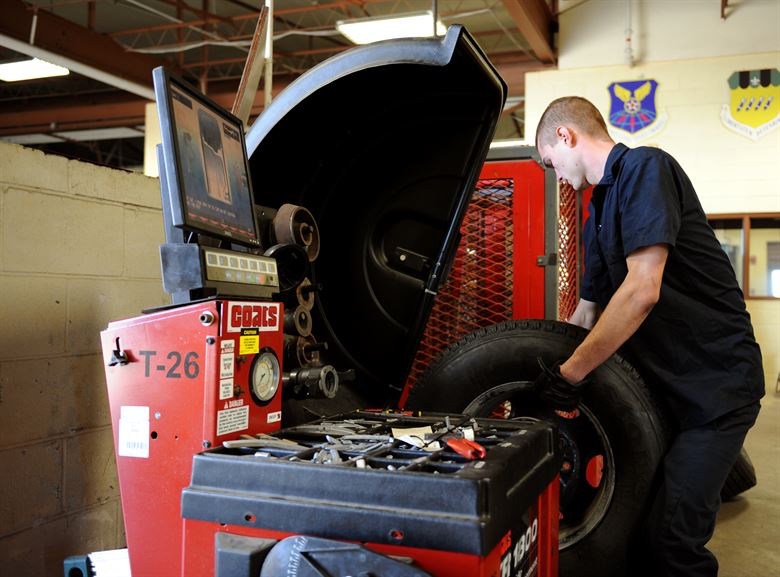
The work of the balancer can be broken down into 2 operations:
– static balancing: the role of the balancer is to compensate for this unbalance by placing the equivalent mass at the diametrically opposite point;
– dynamic balancing: when the wheel rotates, if it is unbalanced, its center of gravity moves in relation to the axis of rotation; the aim is to bring the center of gravity back to the axis of rotation by applying a balancing mass.
The machine takes these two parameters, static and dynamic, into account to determine the location and value of the balancing mass.
Note: If a mass of more than 40 grams is to be applied, make sure that the wheel does not have a major defect (otherwise, have it repaired or replaced). You must have an unbalance at the end of the operation of 0 to 5 grams maximum.
Preliminary operations before balancing
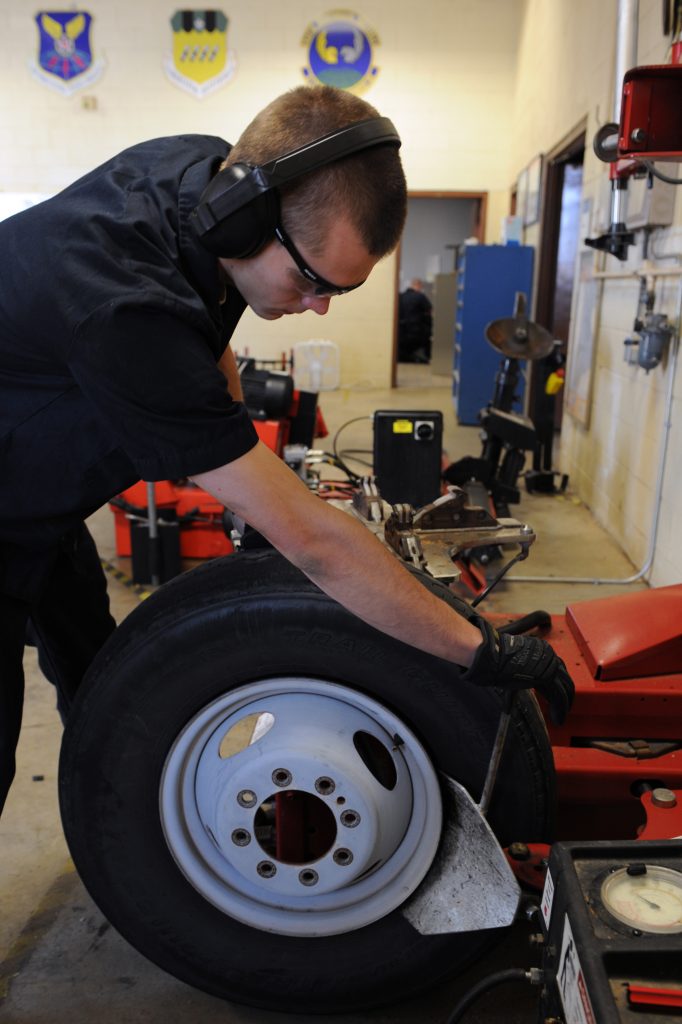
Before balancing, preliminary operations are to be carried out:
– Remove the old weights.
– Clean the impeller.
– Visually check the runout and the wheel flange:
◦ runout: in rotation, the height of the wheel varies (this may be due to a bad centering of the tire or a defect of the wheel);
◦ wheel flange: when rotating, the wheel varies in the width direction (in case of impact with the rim or a damaged tire).
Wheel balancer: machines and prices
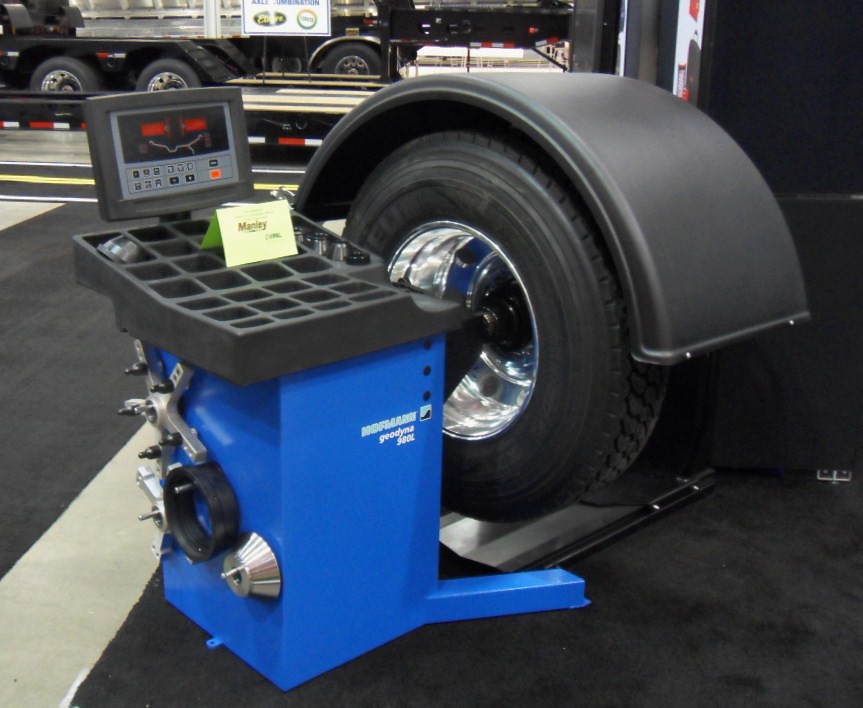
There are several ranges of more or less automated machines (prices vary from $600 to $2,000), from the manual setting machine to the automated machine with a touch screen.
Note: more marginally, there are balancing benches that directly measure the wheel mounted on the vehicle: the advantage is to take into account all rotating parts (wheel-hub-transmission). This technique is very little used in workshops.

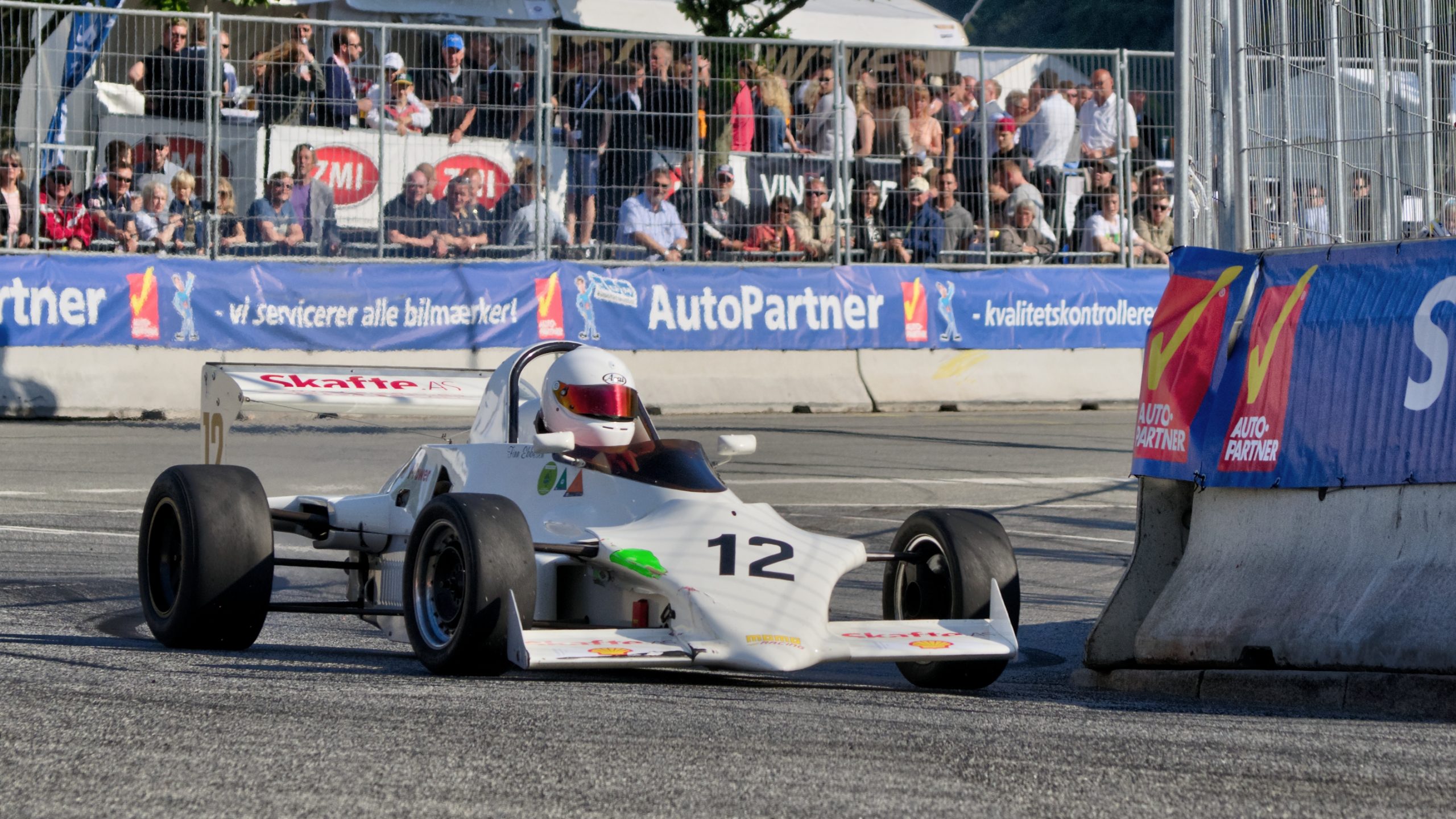
13 comments
[…] Automotive Equipment: What Is the Wheel Balancer Used For […]
[…] Automotive Equipment: What Is the Wheel Balancer Used For […]
[…] Automotive Equipment: What Is the Wheel Balancer Used For […]
[…] Automotive Equipment: What Is the Wheel Balancer Used For […]
[…] Automotive Equipment: What Is the Wheel Balancer Used For […]
[…] – Automotive Equipment: What Is the Wheel Balancer Used For […]
[…] – Automotive Equipment: What Is the Wheel Balancer Used For […]
[…] – Automotive Equipment: What Is the Wheel Balancer Used For; […]
[…] – Automotive Equipment: What Is the Wheel Balancer Used For; […]
[…] – Automotive Equipment: What Is the Wheel Balancer Used For; […]
[…] – Automotive Equipment: What Is the Wheel Balancer Used For; […]
[…] – Automotive Equipment: What Is the Wheel Balancer Used For […]
[…] Automotive Equipment: What Is the Wheel Balancer Used For; […]